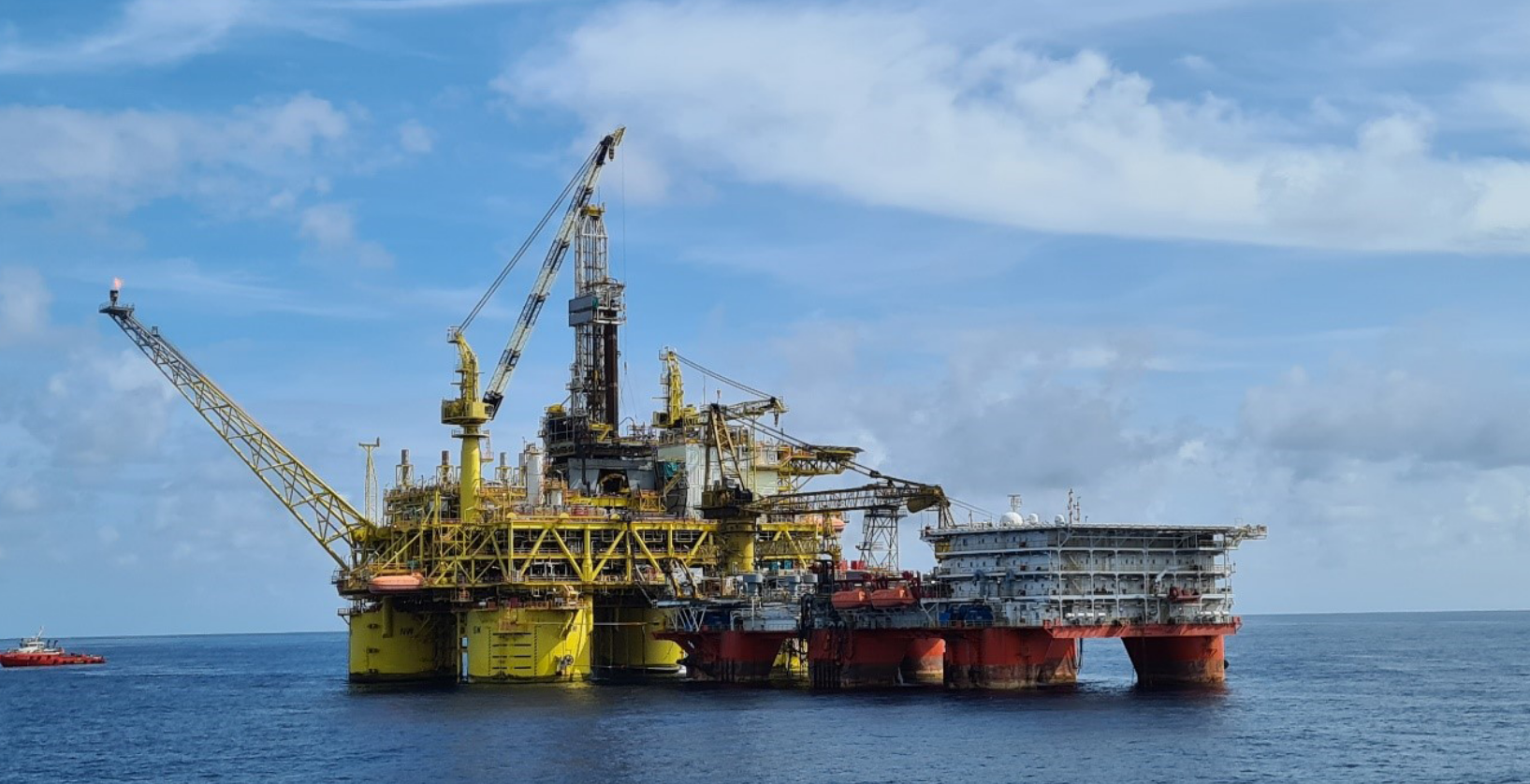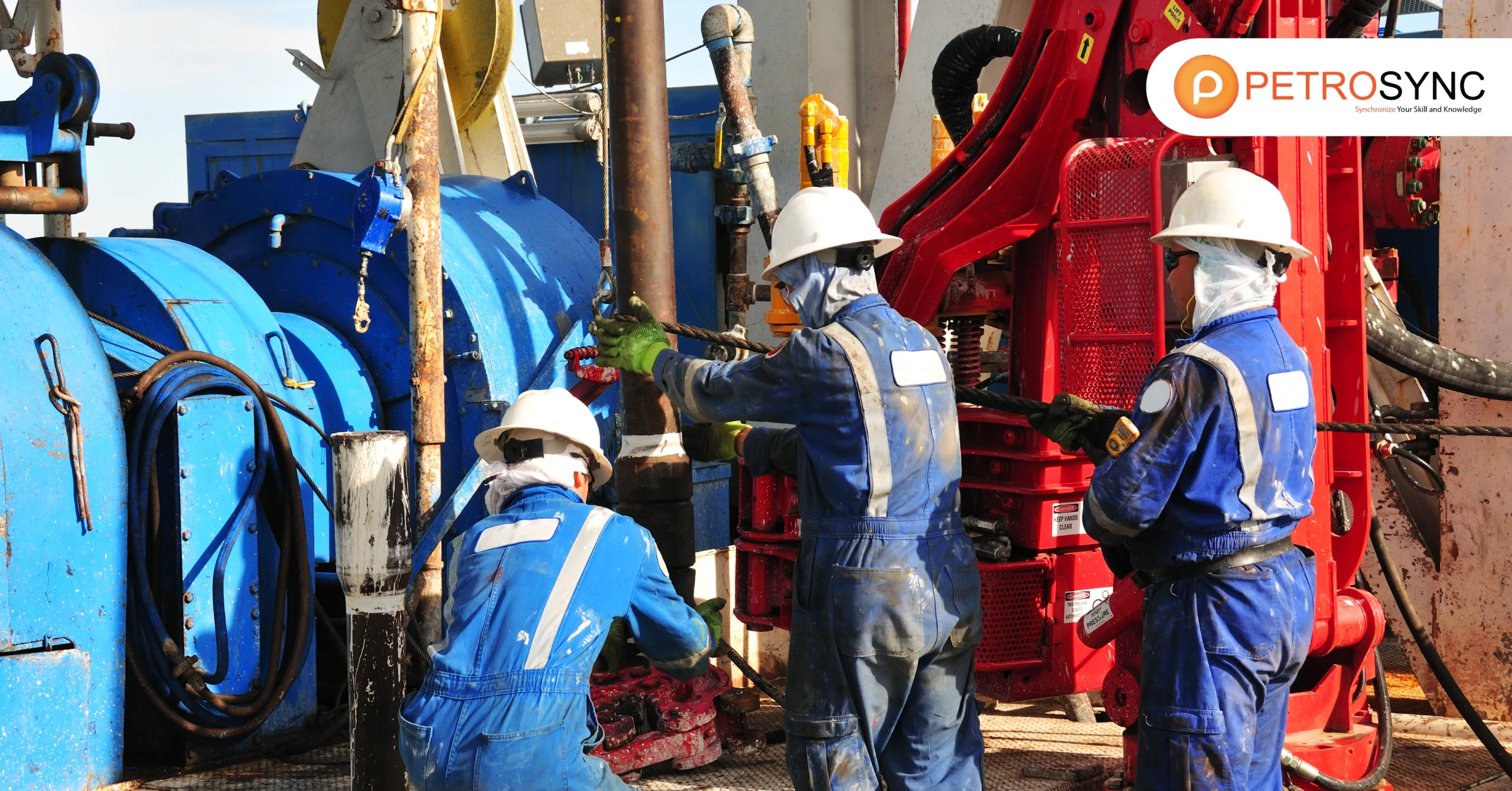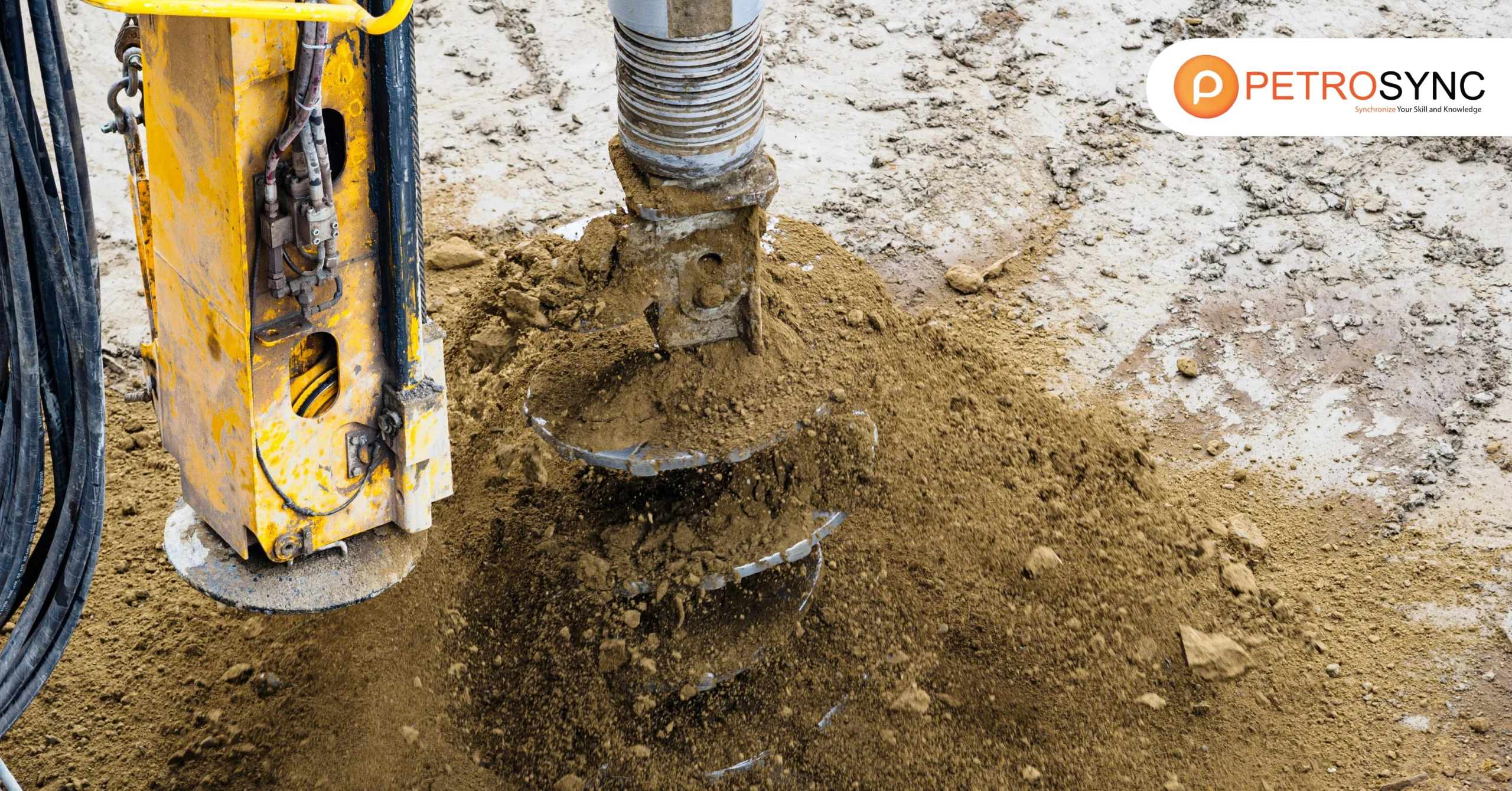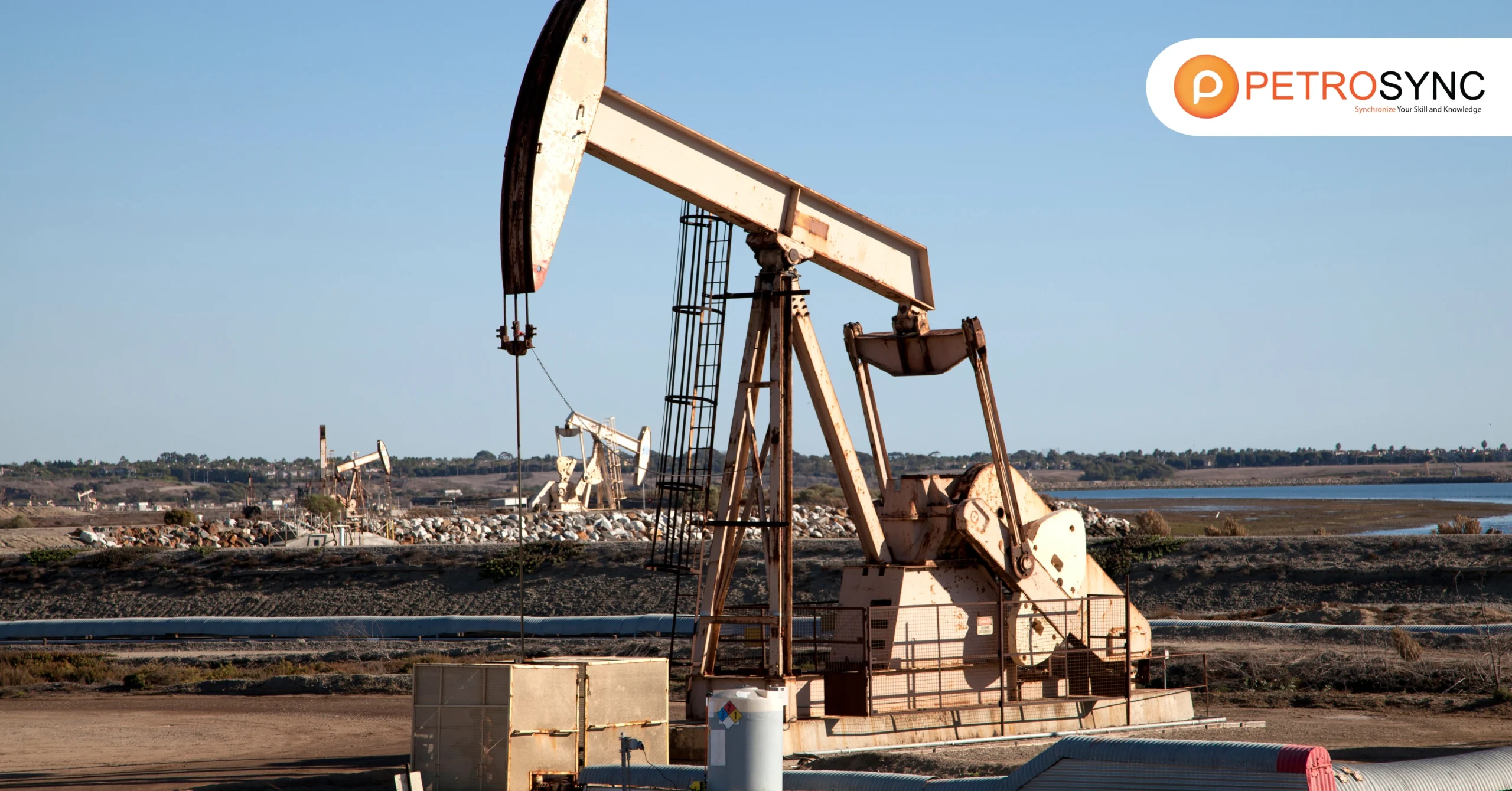In the world of oil and gas exploration, there are many different ways to drill for oil. Each drilling types and method is designed to suit specific conditions and goals. In this article, we’ll explore these various drilling methods based on the purpose, location, and hole shapes.
What Is Oil Drilling?
Oil drilling, which involves the drilling and pumping of oil from underground wells, is the process of extracting oil from underground reservoirs deep beneath the Earth’s surface. It involves drilling a hole, known as a wellbore, into the ground to reach the oil-containing rock formations. Once the wellbore is drilled, specialized equipment is used to pump oil to the surface, where it can be processed and refined for various uses. Oil drilling is a complex operation that requires careful planning, engineering, and monitoring to ensure safe and efficient extraction of oil resources.
What Are Oil Drilling Types Based on Its Drilling Purpose?
Oil drilling types based on their purpose can be categorized into three main categories: exploration, delineation, and exploitation.
1. Exploration
Exploration drilling is conducted to search for new oil or gas reserves. This type of drilling aims to identify potential hydrocarbon-bearing formations beneath the earth’s surface. Exploratory wells are drilled in areas where geological indicators suggest the presence of oil or gas deposits. For example, seismic surveys and geological mapping may indicate promising areas for exploration drilling.
2. Delineation
Delineation drilling is performed to further assess and delineate the extent and characteristics of discovered oil or gas reservoirs. Once potential reserves are identified through exploration drilling, delineation wells are drilled around the discovery well to determine the size, shape, and quality of the reservoir.
This helps in estimating the total volume of recoverable hydrocarbons and planning future production activities. For instance, delineation drilling may involve drilling multiple appraisal wells to delineate the boundaries of a discovered reservoir.
3. Exploitation
Exploitation drilling, also known as development drilling, focuses on extracting hydrocarbons from known reservoirs. Once the commercial viability of a reservoir has been established through exploration and delineation drilling, exploitation wells are drilled to access and produce the oil or gas.
Exploitation drilling aims to optimize production rates and maximize the recovery of hydrocarbons from the reservoir. For example, production wells are drilled strategically within the reservoir to intersect the most productive zones and facilitate efficient extraction.
What Are Oil Drilling Types Based on Its Drilling Location?
By exploring drilling types based on their purpose, you’ll gain insight into how each method is tailored to specific objectives in the oil and gas industry.
1. Land / Onshore
Onshore drilling takes place on land, away from bodies of water. In this type of drilling, wells are drilled directly into the earth’s surface to access oil reserves located underground. Onshore drilling is typically conducted in areas with accessible land and infrastructure, making it a cost-effective option for oil exploration and production. For example, drilling in oil fields located in deserts or plains is considered onshore drilling.
2. Sea / Offshore
Offshore drilling involves drilling for oil in bodies of water, such as oceans or seas. Platforms or rigs are used to support drilling operations above the water’s surface, while wells are drilled deep into the seabed to access oil reserves beneath the ocean floor.
Offshore drilling presents unique challenges due to the harsh marine environment and deeper water depths. However, it allows access to offshore oil reserves that may be inaccessible from land. An example of offshore drilling is the exploration and production of oil in the Gulf of Mexico or the North Sea.
Each type of drilling location has its own set of advantages and challenges, and the choice between onshore and offshore drilling depends on factors such as the location of oil reserves, environmental considerations, and logistical constraints.
What Are Oil Drilling Types Based on Its Hole Shape?
By examining drilling types based on location, you’ll uncover how geographical factors influence the drilling process. Whether drilling onshore, offshore, or in unconventional environments like shale formations, each
1. Straight or Straight Hole Drilling
In straight hole drilling, the wellbore is drilled vertically downward into the earth’s surface. This type of drilling is commonly used when the target reservoir is directly beneath the drilling location. Straight hole drilling is straightforward and requires less complex equipment compared to directional drilling.
An example of straight hole drilling is when drilling a well in a conventional oil field where the reservoir is located directly beneath the drilling rig. This method is also used in shallow water offshore drilling where the target reservoir is relatively close to the surface.
2. Directional Drilling
Directional drilling involves drilling the wellbore at an angle or deviating from the vertical direction to reach targets that are located horizontally away from the drilling site. This technique allows operators to access reservoirs located beneath obstacles such as mountains, bodies of water, or densely populated areas.
Directional drilling is commonly used in offshore drilling projects where the target reservoir is located beneath the seabed, but drilling from a fixed platform may not be feasible. Another example is drilling through shale formations, where horizontal drilling allows for increased exposure to the reservoir rock, maximizing production rates
In conclusion, staying current with the latest drilling types and techniques is crucial for drilling engineers to achieve optimal results in oil and gas exploration. As technology advances and new drilling methods emerge, engineers must continuously update their knowledge and skills to remain competitive in the industry.
By staying informed about the most updated drilling types, engineers can adapt to changing conditions, improve efficiency, and minimize risks during drilling operations. Embracing ongoing learning and professional development ensures that drilling engineers are equipped to tackle the challenges of the evolving oil and gas landscape, ultimately leading to better outcomes and enhanced success in drilling projects.
PetroSync realizes how rapidly the oil and gas field is growing, which is why PetroSync has developed a range of drilling training programs to help engineers stay current. These training programs are designed to provide you with the latest knowledge and techniques in drilling technology, ensuring you are well-equipped to handle the challenges of modern drilling operations.
Whether it’s learning about new drilling methods, understanding advanced drilling equipment, or staying updated on industry best practices, PetroSync’s drilling training courses offer valuable insights and practical skills that enable you to excel in your roles!
Credit header image: Enhanced Drilling

SEO specialist by day, fact-checker by night. An avid reader and content writer dedicated to delivering accurate and engaging articles through research and credible sources.






